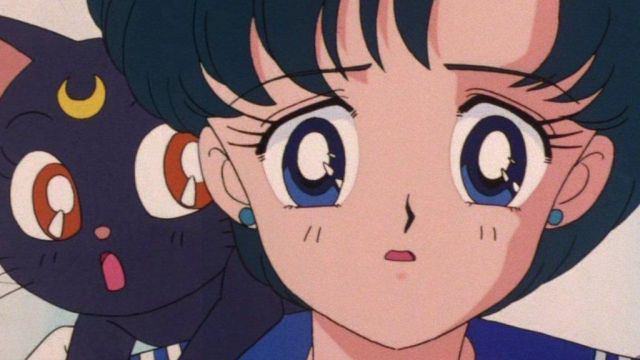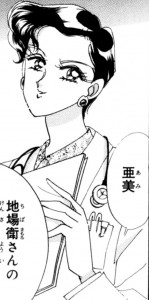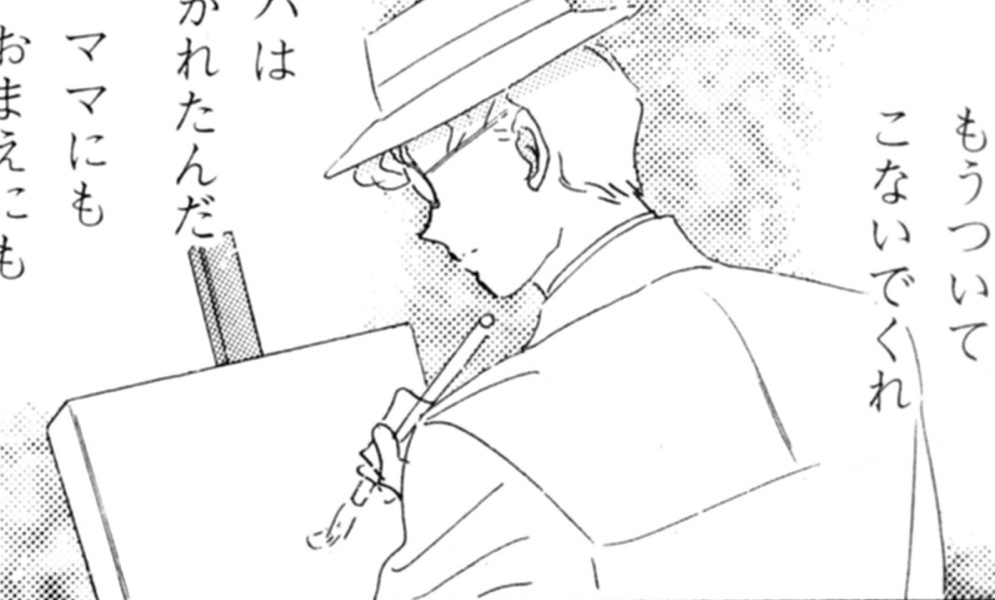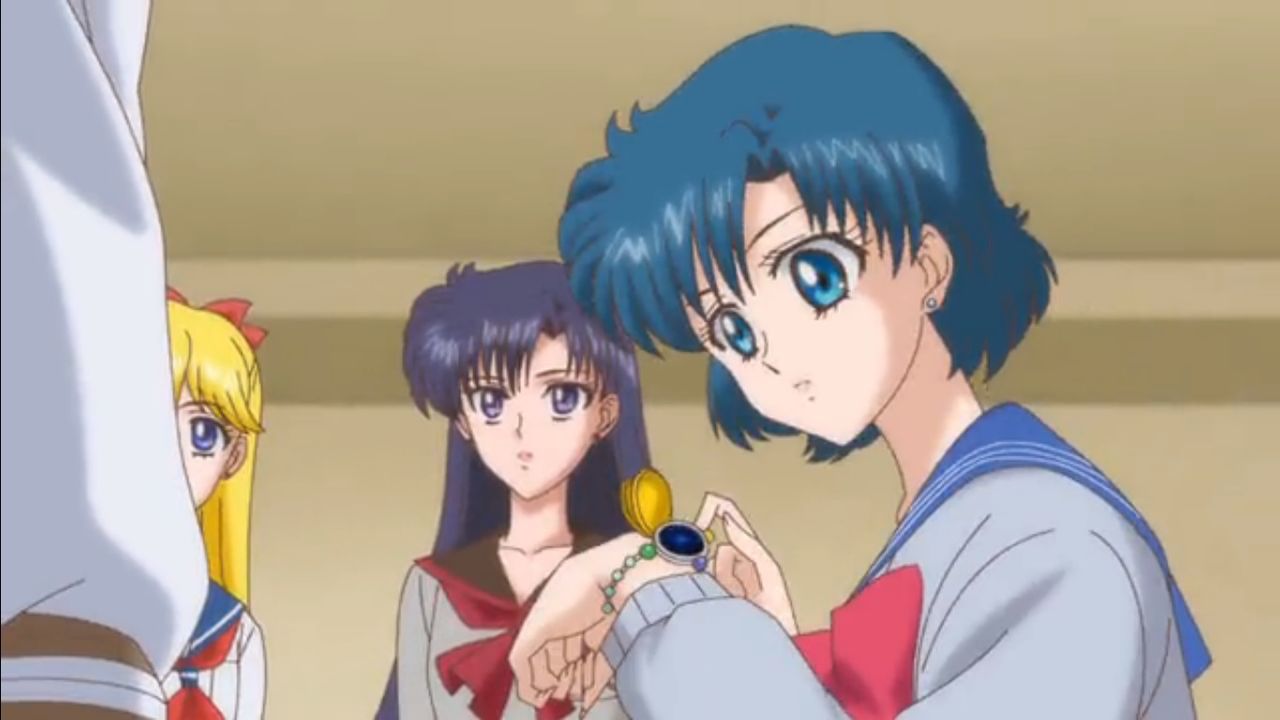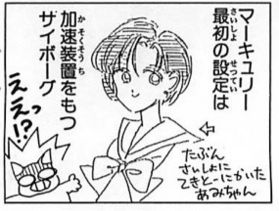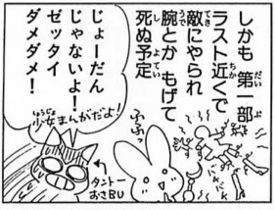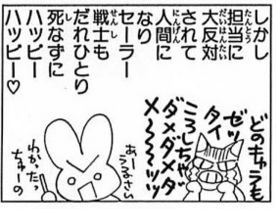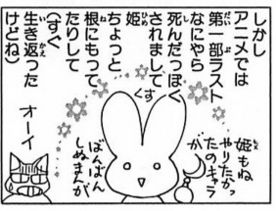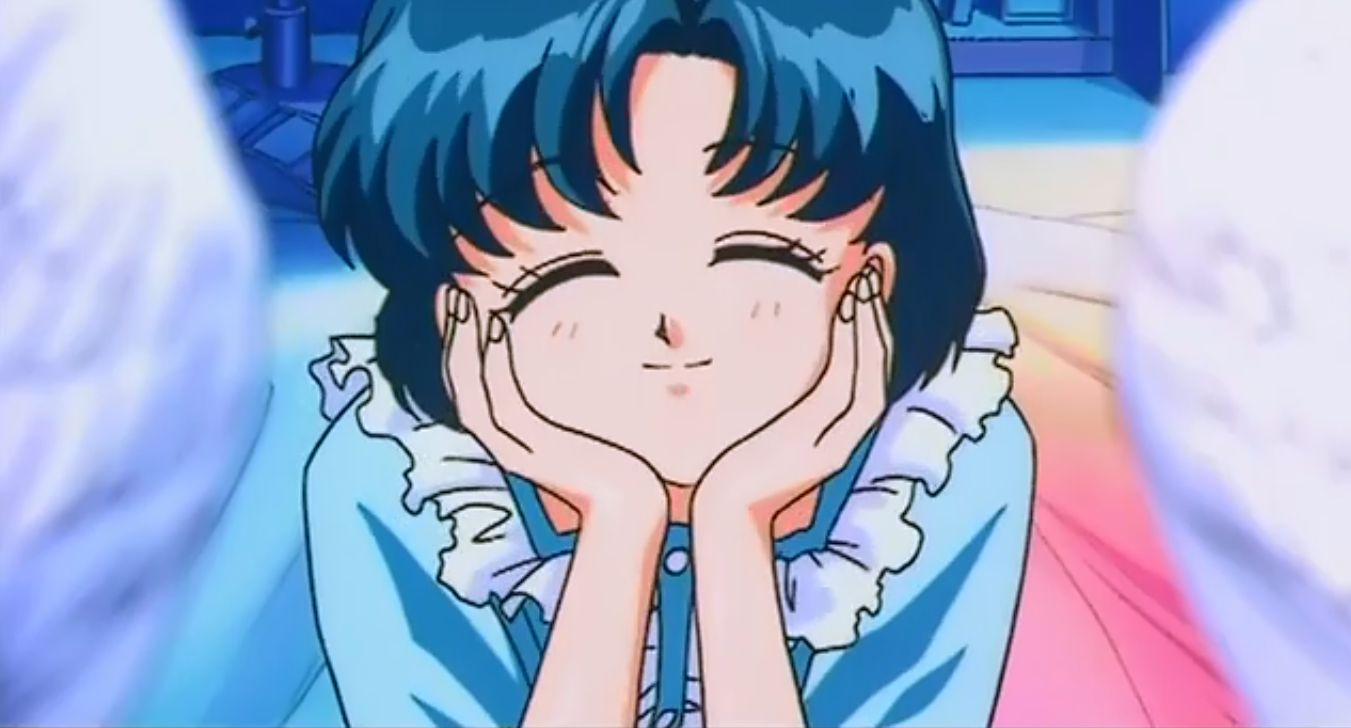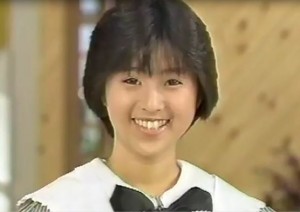The world of Sailor Moon is definitely not kind to happy and stable family lives, at least where parents are concerned. Between Makoto and her trouble with airplanes, Mamoru and his issue with cars, Rei and her difficulties with childbirth, and Hotaru and lab explosions, there seems to be dead parent epidemic going around – and that’s only among the main cast! When you look at it that way, I guess you could say that Ami got pretty lucky with only having her parents divorce. While divorce is a common thing that most of us have first- or second-hand experience with now, what did it mean for viewers back in 1990’s Japan? Surely how Japanese fans perceived it was different than how we look at it now (and in the west), right?
Like everything else we discuss, the answer is “complicated.” So let’s start with what we do know: Ami’s parents are divorced, her mother is a doctor, her father is an artist, and after the divorce she kept her father’s name.1 Divorce was certainly not uncommon back in the 1990s in Japan, but it definitely wasn’t something you generally saw on tv or in anime, so that was certainly forward-thinking of Ms. Takeuchi to put in. For a little bit of context, the crude divorce rate (i.e., the rate of divorce per 1,000 people)2 in 1991 in Japan was 1.4% (vs. 2.0% in 2010)3 and 4.7%4 and 6.8%5 respectively in the U.S.
Where Japan and America (and much of the west, in fact) differ most of all when it comes to divorce is that Japan is still a sole-custody-only country – meaning that shared/joint custody is not possible. In the overwhelming number of cases (nearing 90%), the mother retains custody of the children and the father is out of the picture. In fact, in nearly 40% of the cases, the non-custodial parent never sees their child again.6 This would explain why Ami continues to live with her mother and her father only keeps in touch via postcards.
We also know that she learned to swim and play chess from her father as a way of “keeping herself centered,” so we can assume they had a pretty good relationship. Her father is also a member of an high-class sports club (and the other members clearly know who he is), so we can probably assume that he does (or used to) live in the Tokyo area.
Though it’s never quite clear why her parents divorced or what kind of impact it had on Ami, we do know that at the time it definitely left her in the minority, and may have been partially responsible for part of her isolation from the other students in her class.7 One thing that is interesting to note is that while we associate the names of all of the Sailor Team with the female sailor soldiers, their last names actually all come from their fathers – and Ami is no exception. It definitely brings up the interesting question of how lineage works in the Sailor Moon universe, and how things change in Crystal Tokyo (no “Usagi Chiba” here!).
In another world and another time, it would’ve been interesting to see how Ami – the brains of the team – turned out if she lived with her father. At least I know I’d be interested in seeing it!
